Over the past month, Friends of the San Juans has been working diligently to support early detection and response efforts aimed at combating one of the most damaging marine invaders in the Pacific Northwest, the European green crab (EGC). Through a partnership with Washington Sea Grant and Washington State University’s Extension Molt Search program, we’ve trained dozens of community members to identify and report European Green Crab molts on local beaches, adding a powerful layer of community science to the region’s response network.
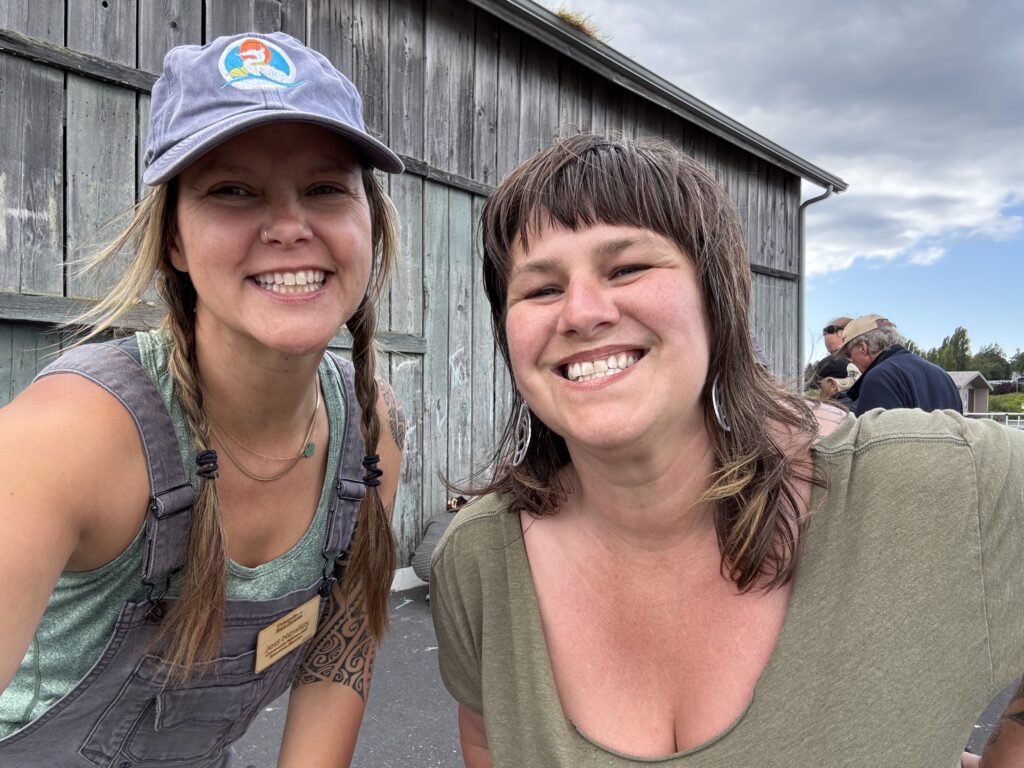
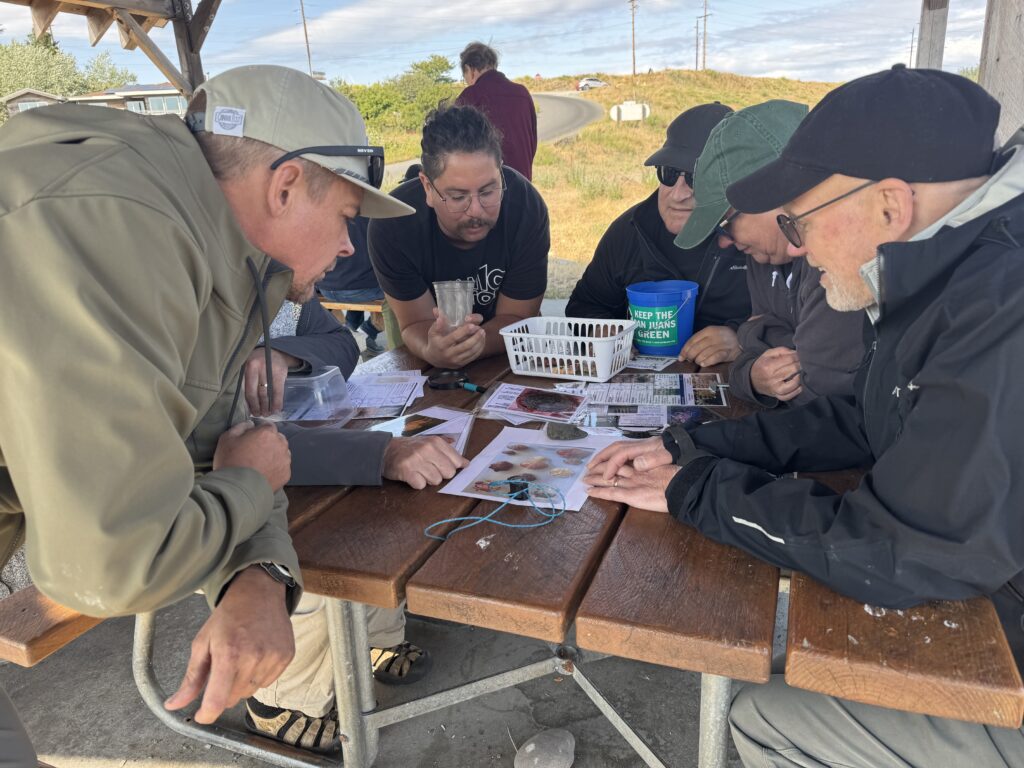
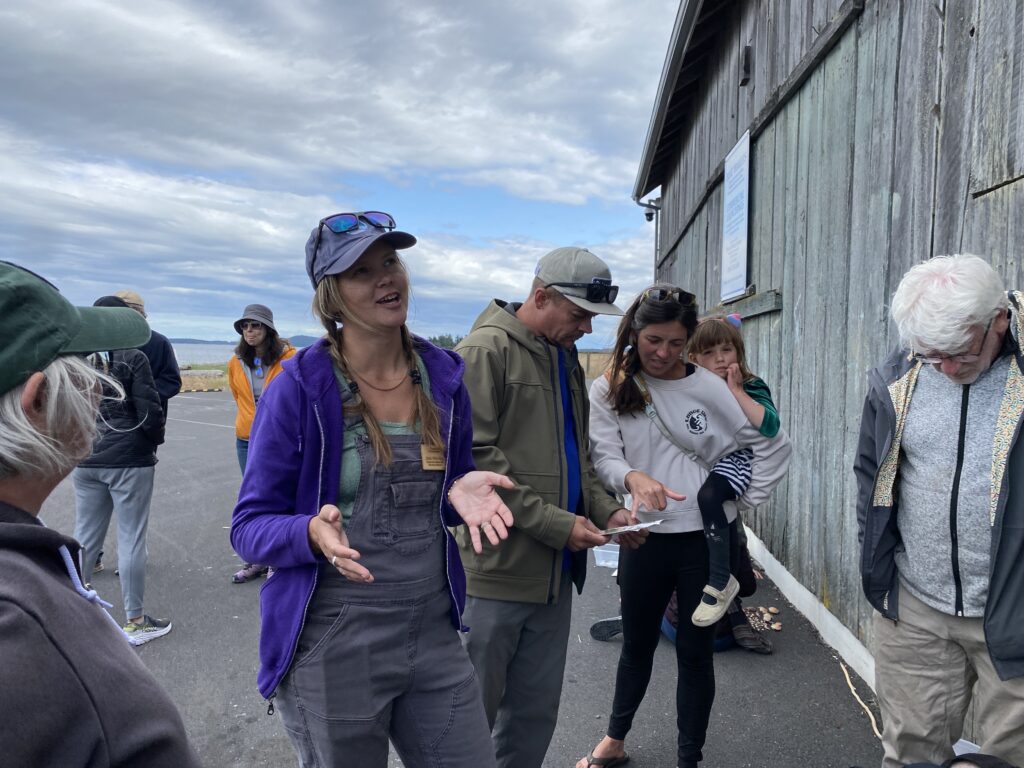
This effort recently took on greater urgency when the Washington Department of Fish and Wildlife (WDFW) confirmed the presence of European green crab in False Bay, on San Juan Island. Between June 15–18, WDFW set 76 traps across several sites in the San Juans. Eight green crabs were found at False Bay, with no detections at other locations (Roche Harbor or private coves). This marked the first confirmed finding of the invasive European green crab in San Juan County since 2016.
In response, Friends has played a critical role in bridging state and local efforts by connecting WDFW with shoreline property owners in our membership willing to grant access to their beaches. These generous community members made it possible for WDFW to deploy traps in critical habitats quickly. WDFW expressed deep appreciation for this support, noting that the collaboration has been essential in advancing green crab control efforts.


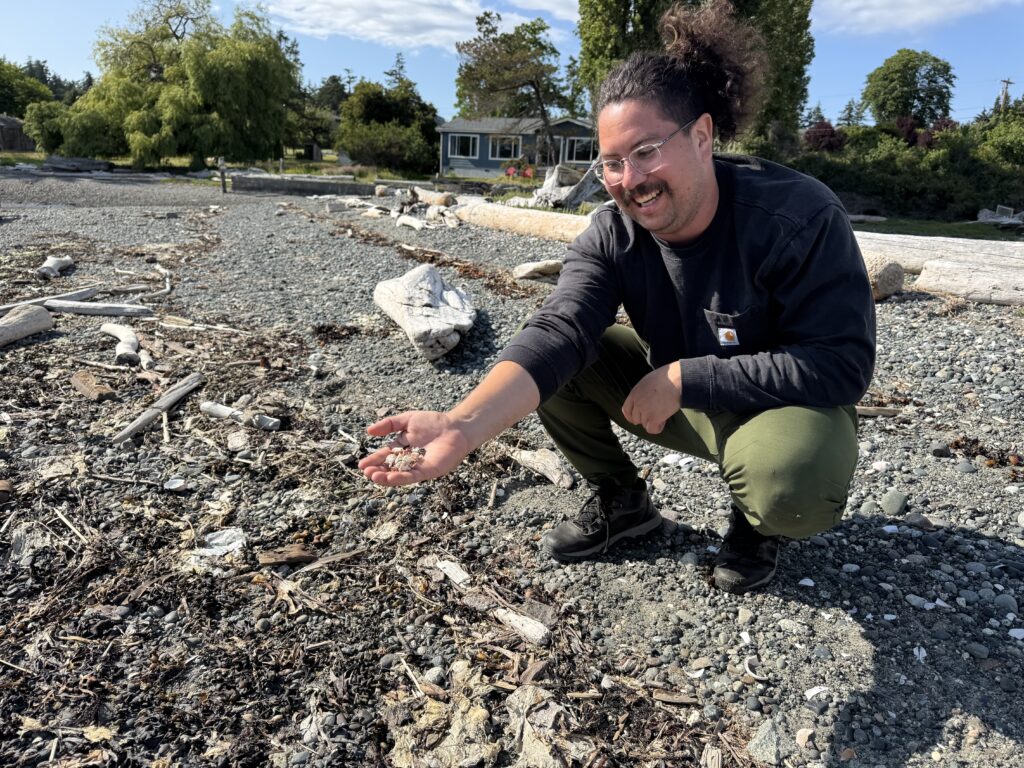
The European green crab is a globally recognized invasive species that poses a serious threat to Washington’s native shellfish, eelgrass, and estuarine ecosystems- habitats vital for salmon, forage fish, and other marine life. Though small, the invasive green crabs are voracious predators and aggressive competitors, known to disrupt food webs, destroy eelgrass beds, and undermine efforts to restore salmon and protect shellfish beds.
This summer, as WDFW returns for continued trapping in early July, we’ll continue to work on connecting landowners, educating the public, and expanding our monitoring efforts through Molt Search protocols and trainings. Early detection is essential to effective control of this non-native marine invader.
From WDFW: “If you find a suspected European green crab or its shell in Washington, take photos and report it as soon as possible using the form on the European green crab identification and reporting page. Review WDFW’s crab identification guide (PDF), and take pictures to confirm identification. At this time, we are not asking the public to kill suspected green crabs. This may sound counterintuitive but is intended to protect native crabs from cases of mistaken identity. As a Prohibited species, it is illegal to possess a live European green crab in Washington.”
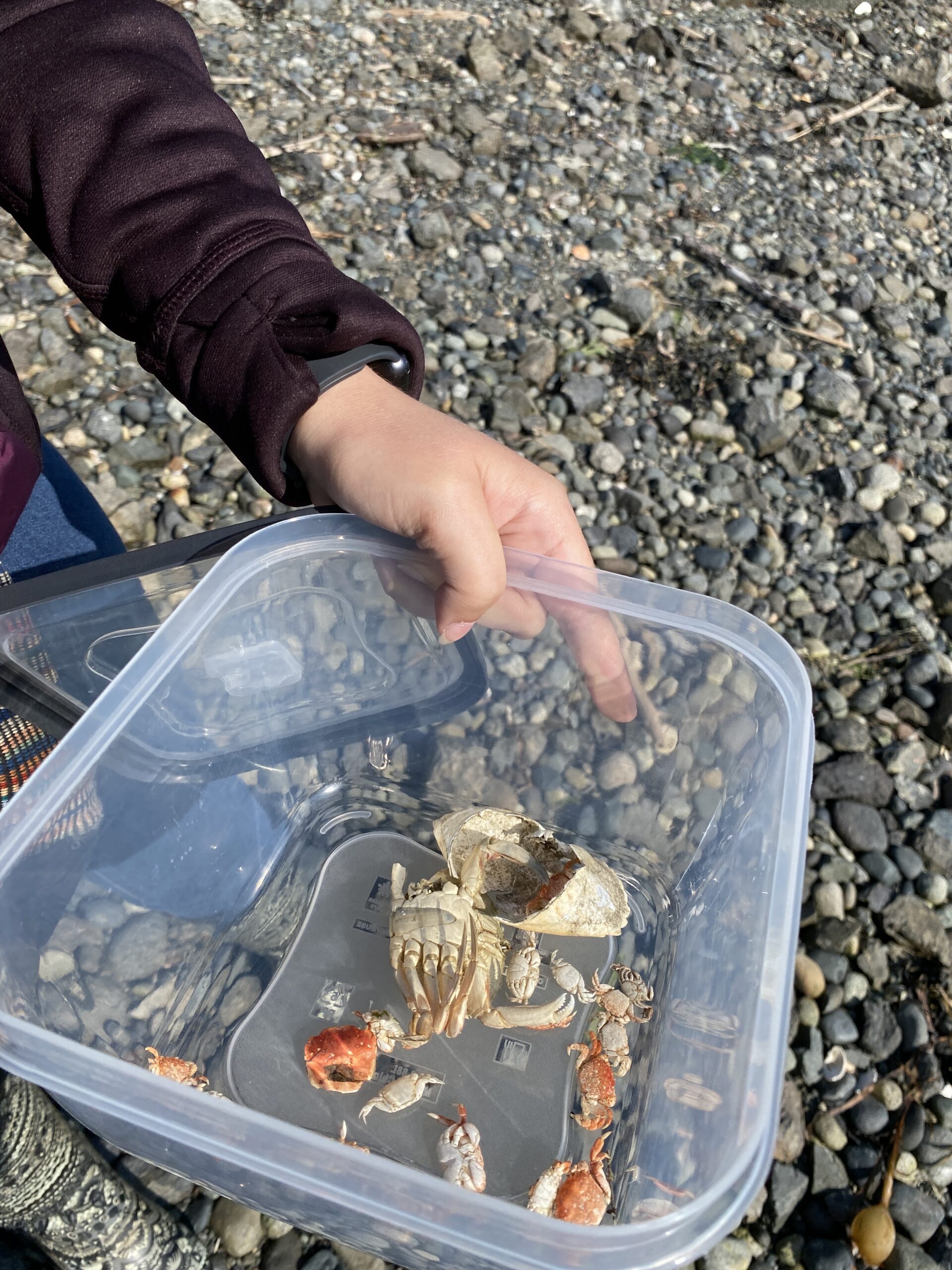
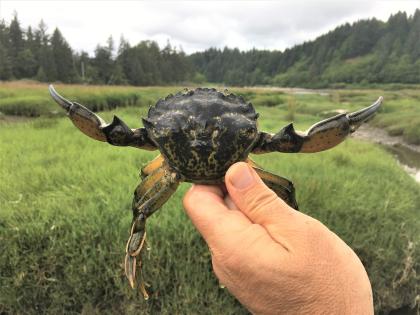
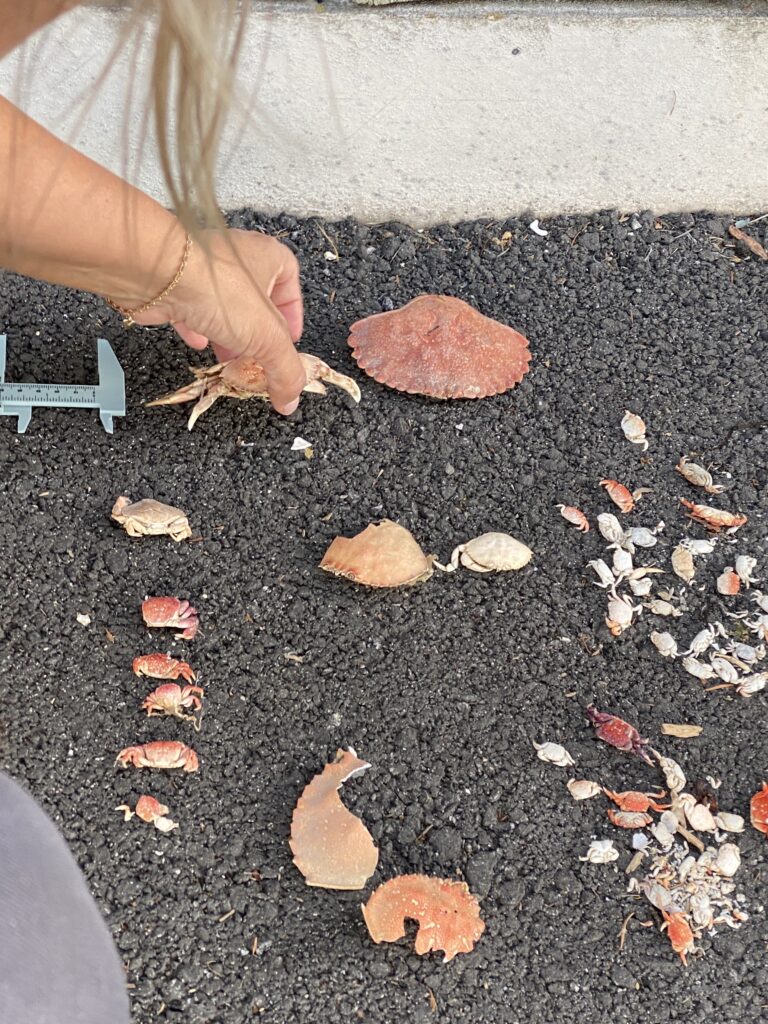
If you’re a shoreline property owner interested in supporting access for trapping, or if you’d like to help monitor local beaches for molts, please reach out! Together, we can help safeguard the health and resilience of our island ecosystems.
Learn more about identifying and reporting green crabs:
Washington Department of Fish & Wildlife – Green Crab Reporting
Molt Search Program
